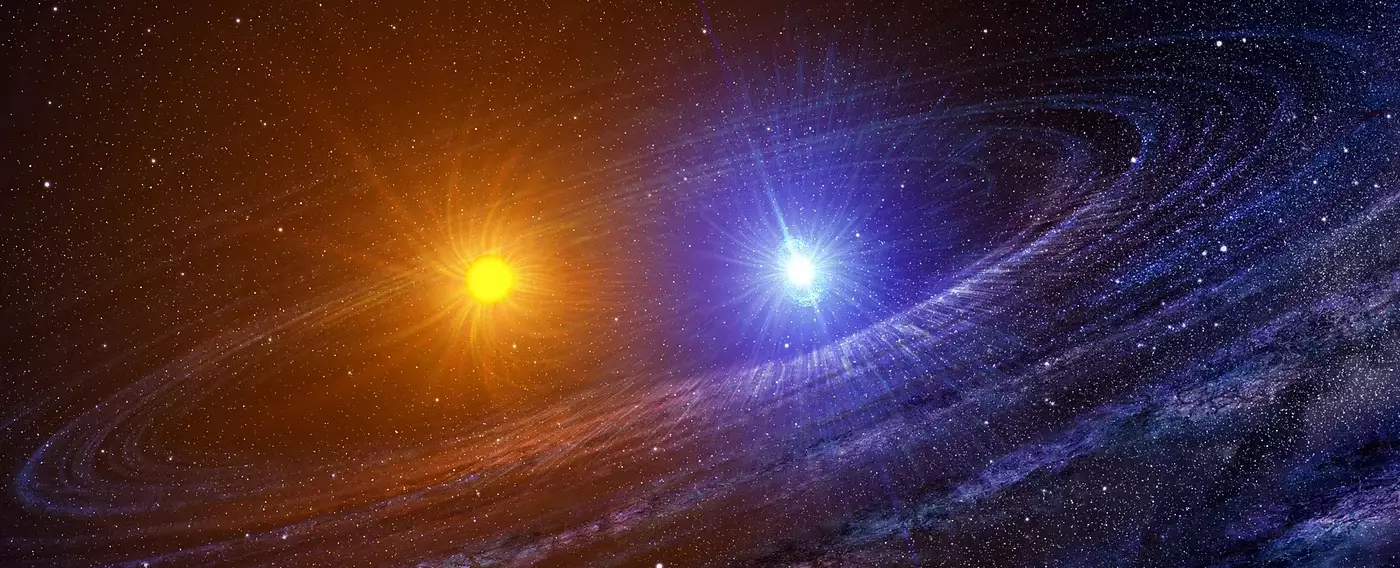The stability of planetary systems has long been a topic of interest for physicists and astronomers alike. While we have a good grasp on the rules governing the orbits of two celestial bodies, the introduction of a third (or more) adds a level of complexity that leads to unpredictable instabilities. This so-called “three-body problem” has puzzled scientists for centuries and continues to challenge our understanding of the universe.
In a recent study published in Nature, researchers delved into the prevalence of catastrophic instabilities in planetary systems. By surveying nearby stars, the team found that as many as one in twelve pairs of stars may have devoured a planet due to orbital disruptions. This discovery sheds light on the common occurrence of such events and the potential consequences for planetary systems.
To identify these instabilities, the researchers focused on “twin stars” – pairs of stars that were born from the same materials at the same time. By studying the differences in chemical compositions between twin stars, the team was able to pinpoint anomalies indicating planet engulfment. This meticulous approach allowed them to rule out other potential explanations for the observed patterns.
Collecting an extensive sample of spectroscopic data from 91 pairs of twin stars, the researchers found distinct chemical patterns in some stars, suggesting the ingestion of planets. Elements such as iron, nickel, and titanium were found in higher amounts in these stars, pointing towards recent instabilities in their planetary systems. These findings highlight the dynamic nature of planetary evolution and the potential for disruptive events.
The implications of these findings prompt a reevaluation of our understanding of planetary systems and their stability. While the Solar System may provide a model of stability, the prevalence of instabilities in other systems challenges this assumption. Systems with super-Earth planets, in particular, may be more prone to gravitational instabilities due to the interactions between massive planets and their host stars.
As we delve deeper into the mysteries of the cosmos, studies like this serve as a reminder of the delicate balance that allows life to flourish on Earth. While planet engulfment and instability may be relatively rare occurrences, they underscore the dynamic nature of planetary systems and the potential fragility of our cosmic home. This research inspires further exploration into the dynamics of multiple-body systems and encourages continued study of planetary relationships with their host stars.
The study of planetary dynamics is an ongoing endeavor that offers valuable insights into the complexities of celestial bodies. By uncovering the prevalence of instabilities in planetary systems, researchers have highlighted the need for a more comprehensive understanding of the forces at play in the cosmos. As we strive to unlock the secrets of the universe, studies like this pave the way for a deeper appreciation of the delicate balance that sustains life on Earth and the intricate relationships that govern our cosmic home.


Leave a Reply